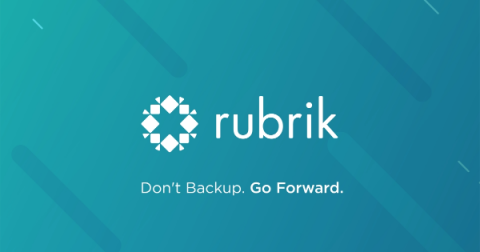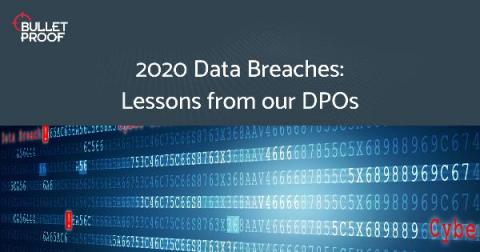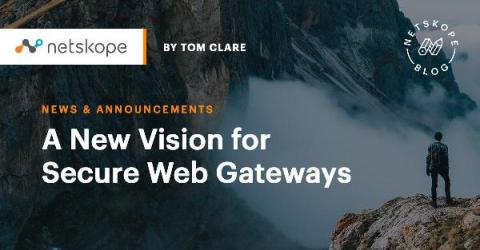Redland City Council Democratises Data with Rubrik
With a population of over 150,000, Redland City Council delivers municipal services to six residential islands spread along the southern coast of Moreton Bay in South-East Queensland between Brisbane and the Gold Coast. Glynn Henderson, CIO, saw data as the lifeblood of his organisation. “We see our data as an incredibly important asset.










